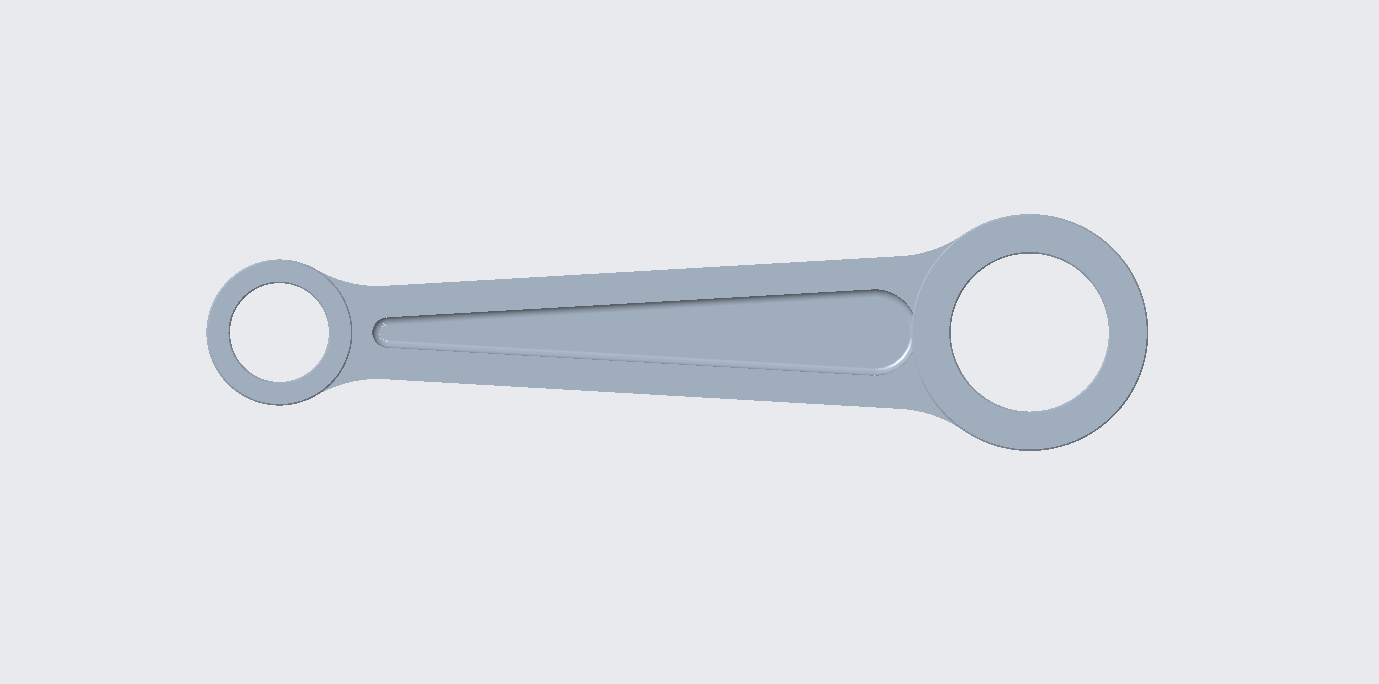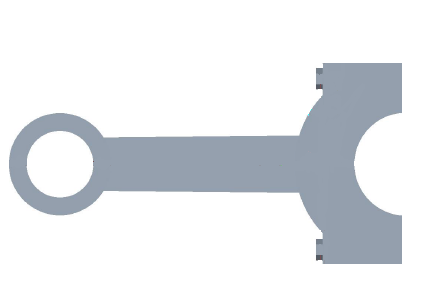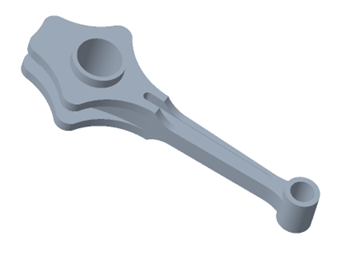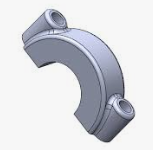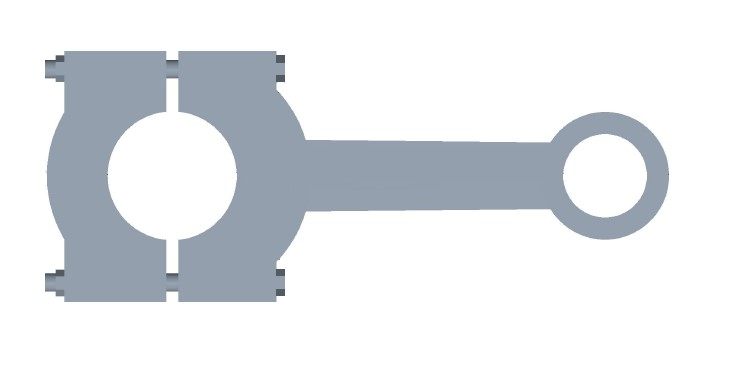6. Frequently Asked Questions
▶>
A connecting rod is a crucial engine component that connects the piston to the crankshaft. It translates the linear (reciprocating) motion of the piston into the rotational motion of the crankshaft, contributing to the conversion of combustion energy into mechanical energy.
>
Connecting rods are typically made from materials such as:
Alloy Steels (e.g., AISI 4340) for their strength and toughness.
Aluminum Alloys for lighter weight applications in high-performance engines.
Titanium for high strength-to-weight ratio in racing and high-performance engines.
Composite Materials like carbon fiber, which are less common and used primarily in experimental or high-performance applications where weight reduction is crucial.
>
Connecting rods are manufactured using several methods:
Forging, which involves shaping metal under high pressure and is known for producing strong, durable rods.
Casting, suitable for mass production but generally offering lower strength compared to forging.
Powder Metallurgy, which is used for complex shapes and offers good material properties.
Machining from billet, typically used for custom or high-performance rods where precision is crucial.
>
Signs of a failing connecting rod include:
Engine knocking or thumping noises, indicating that a rod may be loose or damaged.
Metal shavings in the oil, which can be a sign of excessive wear of the rod or its bearings.
Loss of engine power and efficiency, as a compromised rod can affect the engine’s ability to efficiently convert energy.
Visible damage during inspection, such as cracks or warping.
>
In most cases, connecting rods need to be replaced rather than repaired. While minor issues like worn bearings can be addressed, any structural damage to the rod itself, such as cracks or bending, typically requires replacement to ensure engine safety and performance.
>
Extending the life of a connecting rod involves:
Regular maintenance, including timely oil changes to ensure proper lubrication.
Ensuring proper installation and alignment to avoid undue stress and wear.
Using high-quality fuels and oils to prevent excessive wear and tear from contaminants.
Regular engine checks, especially for high-performance engines, to catch and address issues early.
>
The weight of a connecting rod is critical because it affects the overall mass of the engine's moving parts. Lighter rods can reduce the load on the crankshaft, enable the engine to rev up more quickly, and improve overall engine efficiency and performance. However, weight reduction must not compromise the strength and durability needed for engine operation.

